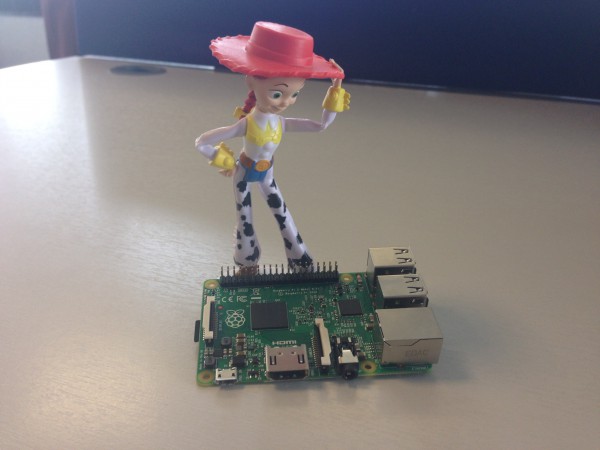With Raspbian 'Jessie' release, has the Raspberry Pi lost its way?

If you own a Raspberry Pi, you are probably a really cool guy or gal. Well, actually, I should say that you are cool in the geek community (it probably won't get you a date with a cheerleader). In other words, owning the diminutive maker-friendly computer is a geeky status symbol that indicates you are in-the-know.
While the Raspberry Pi is a fun piece of hardware, it is useless without an operating system. There are plenty of options to choose (including Windows 10 IoT), but arguably, for the best overall experience, you should stick with the Debian-based Raspbian Linux distro. Today, the latest version, code-named 'Jessie' is released to the wild. Does it signal that the Raspberry Pi is losing its way?
"The first thing anyone starting the new Jessie image from scratch will notice is that the default behaviour is to boot straight to the desktop GUI, not to the Linux command line. This was a decision taken because this is the expected behaviour for all modern computers; the default interface for a personal computer in 2015 is a desktop GUI, not just text on a screen. It is still possible to set the Pi to boot to the command line for people who prefer that", says Simon Long, UX engineer, Raspberry Pi.
Long further explains, "one of our main aims with regard to Raspberry Pi is not just to make it a great cheap computer for education, but also to make it a great cheap computer in its own right. To this end, we want to make it possible to use a Pi to do the sort of things you’d do on a Mac or a PC, so we’re including some more applications that we think people will find useful. In this release, we have added the LibreOffice suite and Claws Mail".
While I appreciate the tweaks and additions to Raspbian, I wonder if the project is on the wrong track. The Raspberry Pi is meant for tinkering and learning -- it is largely too under-powered to serve as a proper desktop. If a consumer is fearful of seeing the command line at boot or wants to edit documents and spreadsheets, a Pi may be a poor choice. Heck, the Intel Compute stick would be a better buy.
As someone who has attempted using both a Raspberry Pi and Pi 2 as a makeshift Linux workstation, I can tell you that it is an exercise in frustration -- slow, slow, slow! While the Intel Compute stick is more expensive with a $99 start price, it should offer a much more satisfying desktop experience for consumers on an extreme budget. The x86-based processor will offer many more packages too.
Don't get me wrong, the Raspberry Pi is great, and so is Raspbian, but I hope developers (and marketers) do not lose sight, or focus, on what the little computer does so well.
If you want to download 'Jessie' for your Pi, you can get it here.
